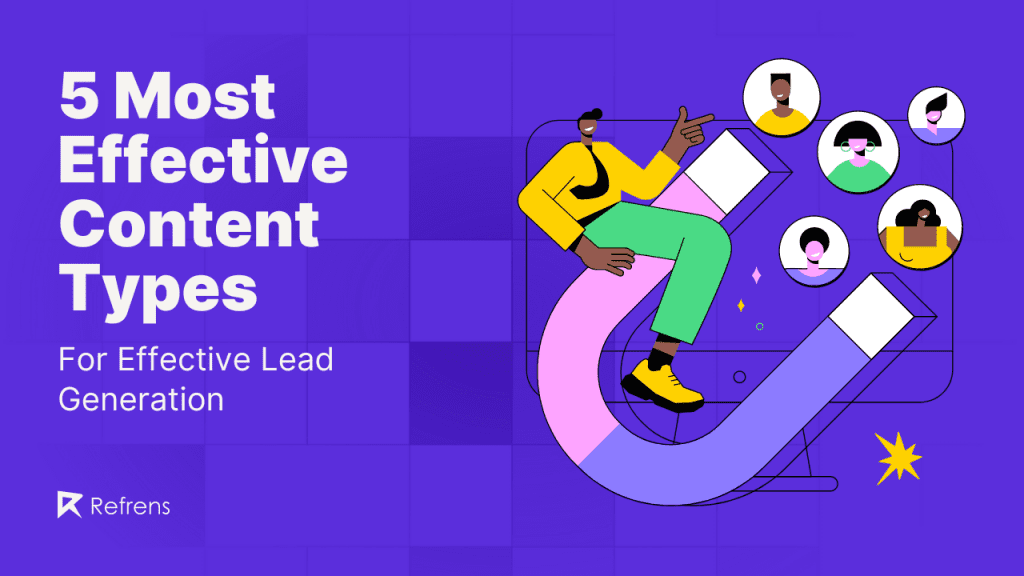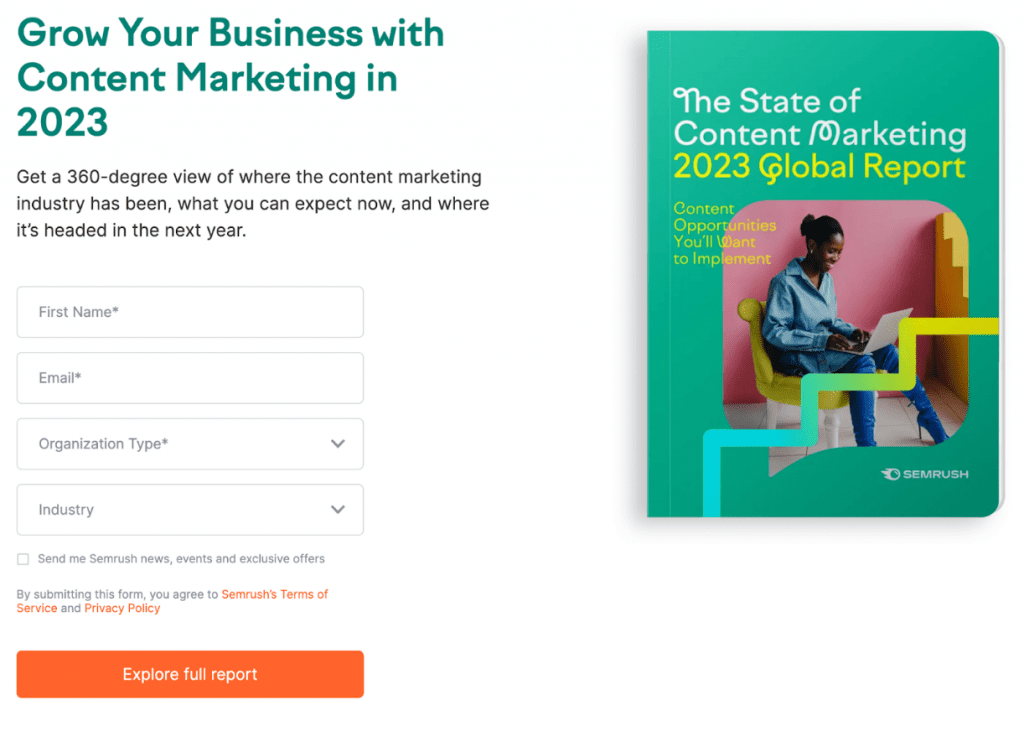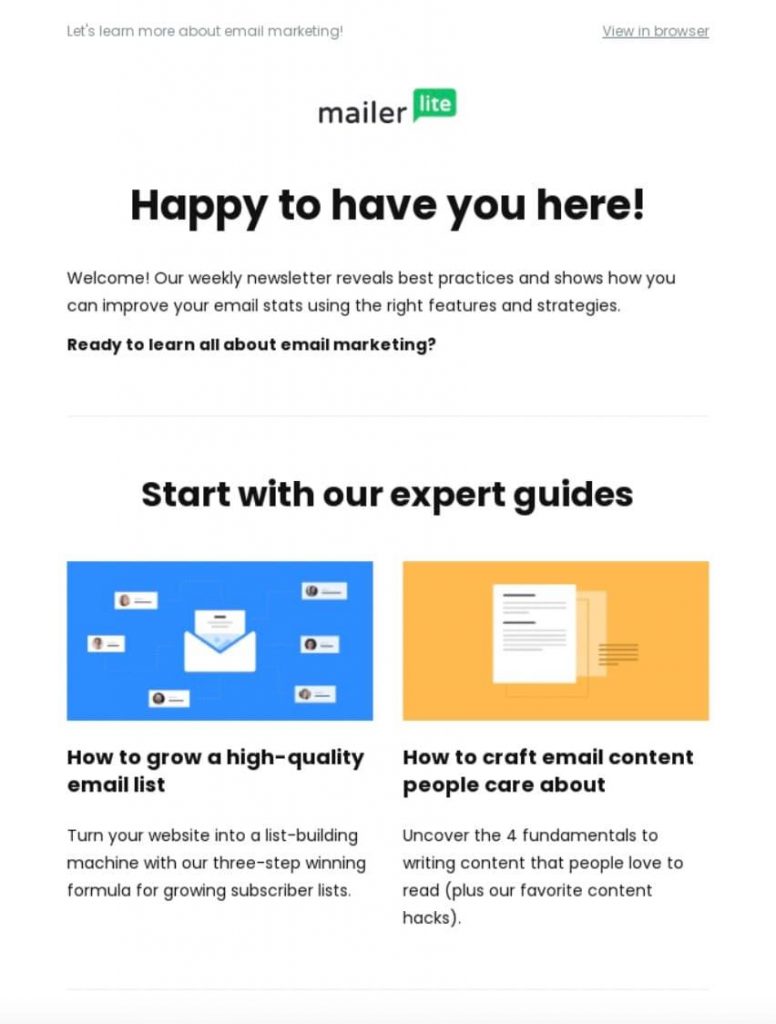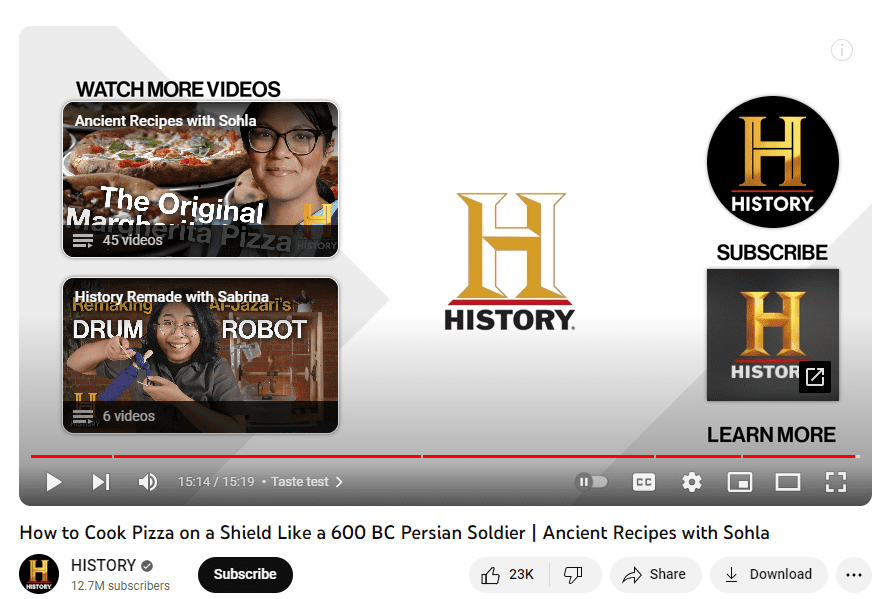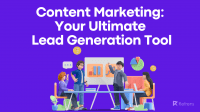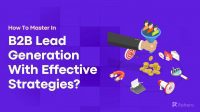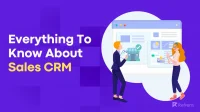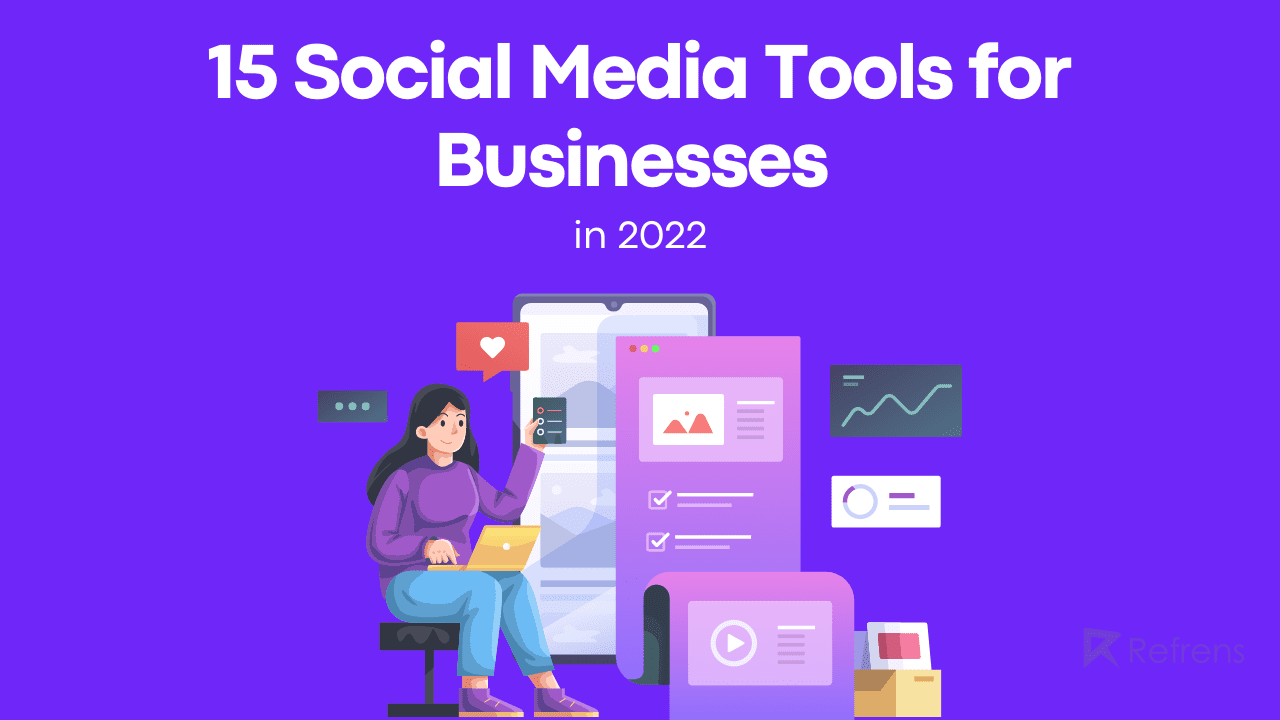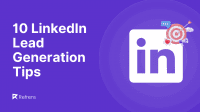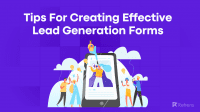Today’s customers are sophisticated. It takes more than a flashy ad or catchy jingle to catch their attention. They have even developed banner blindness – a phenomenon where people ignore banner ads.
Add skippable ads and tools like ad blockers to that, and potential customers can overlook messages they’re not interested in. It becomes a problem if lead generation is a marketing priority. So, marketers have had to change tactics. Enter content marketing. It is cheaper and more effective than traditional outbound marketing.
Now, there are numerous types of content marketing. You’re probably familiar with many of them. But which ones are best for attracting prospective customers? Read on to learn the five most effective content for lead generation.
In the realm of content marketing, Bloggers VS. Vlogger play distinct roles. Bloggers primarily create written content that can be published on websites, whereas vloggers produce video content shared on platforms like YouTube or social media.
What Is Content Marketing?
Content marketing is a strategic approach that uses content to attract and engage online leads. Rather than pushing marketing messages to the general public, it pulls targeted audiences with content. It focuses on solving customers’ problems instead of promoting products or services. In doing so, businesses showcase their expertise and demonstrate value.
Common types of content marketing include:
- Blog posts
- Videos
- Podcasts
- E-books
- White papers
- Social media posts
These content types don’t just inform and educate customers. They provide search engine visibility, allowing leads to find your brand online. Other benefits of content marketing are increased brand awareness, web traffic, and conversion rates.
Do You Need Diverse Content Marketing Types?
Variety is the spice of life. It’s the same with your content marketing strategy. Using one content type means alienating customers who don’t consume it. For example, if you only create blog content, you will only reach people who read blogs. What about customers who prefer podcasts or video marketing?
People consume content in many ways. Therefore, you must diversify your content strategy to reach as much of your target audience as possible.
Top 5 Content Types for Successful Lead Generation
Lead generation follows the awareness stage. It’s about cultivating relationships with prospective customers. To do that, you must understand their pain points and demonstrate you can solve their problems. These are the five types of content marketing that help you achieve that.
1. Blog Posts
One of the most popular forms of content marketing is blogging on your company website or as a guest on another site. Business blogging stats show that 80% of companies have blogs. They are an effective platform for educating leads, positioning brands as industry experts, driving organic traffic, and improving website ranking on search engine results pages (SERPs).
Acme Hat is a small private label company that helps businesses grow their brand through headwear customization. So, its blog topics include tips on cleaning base caps, hat trends for mature men, and how to start a headwear brand. These post titles don’t outrightly promote a service. Instead, they help position the brand as a headwear expert.
To leverage blogging for lead generation, identify the lead’s search intent (i.e., why they’re googling) and write about that. For Acme Hats, it’s content around care and styling of headwear. You can also promote your blog posts on social media and generate social media leads by implementing an effective social media content strategy.
Generating high-quality blogs can be challenging. The average blog post is at least 1,500 words and takes hours to compose. Many small business owners don’t have the resources to consistently produce high-quality content to establish authority, trust, and loyalty. Fortunately, generative AI writing apps automate content creation, allowing businesses to write blogs at scale. These content writing tools also optimize blog posts for SEO. By incorporating the keywords customers use into blog titles, you ensure your content gets in front of the people looking for your solutions.
By the way, you can still slip in a bit of promotion in your blog posts. Just because the primary goal of blogs is education and entertainment doesn’t mean you can’t run ads on those pages or insert relevant links to your product pages.
2. E-books
You wouldn’t be wrong if you thought of eBooks as long-form blog posts. However, they go deeper, serving as in-depth guides on relevant topics. If you want to demonstrate thought leadership, e-books are the way to go. Plus, you can repurpose original content to create the eBook, so you don’t have to start from scratch.
E-books are a step up from blog posts in terms of lead generation. How? E-books are gated content, meaning prospects must share their email address to access the information.
Why would you hide valuable content behind a lead capture form? E-books are expensive and time-consuming to create. An acceptable return for this investment is a definitive way to identify and nurture qualified leads. Therefore, many businesses use this barrier to determine the validity of interest.
3. Newsletters
Catching your target audience’s attention is one thing. Keeping it is another. Email marketing delivers relevant content to decision-makers’ inboxes to ensure you remain top of mind. You can share company updates, industry news, or strategies to get the most out of your product.
Start with a welcome email that lays the foundation for what prospects can expect from email communications. 74% of subscribers expect welcome messages and engage more with brands that send them. In the above example, Mailer Lite explains that their newsletter will help them improve email open rates.
Well-crafted and personalized newsletters go a long way in moving leads through the sales funnel. Personalization is more than an enticing subject line with the recipient’s name. It’s also content relevance. Nothing makes people unsubscribe from your email lists quicker than irrelevant information.
Segmentation ensures you send the right messages to the right leads at the right time.
4. Social Media Content
Social media is a marketing godsend. 59% of the world’s population spends two and a half hours on social apps daily. Where else can you find most of your target audience in one place? Unsurprisingly, many businesses use this form of content marketing to generate leads.
One of the best ways to attract social media leads is to leverage influencer partnerships with the help of influencer marketing agencies. It is a powerful form of social proof. You get immediate access to thousands of targeted customers who trust you because of your affiliation with their favorite content creator. Additionally, a social listening tool can help track the impact of these partnerships and monitor audience engagement, ensuring your content resonates with the right people. This collaborative approach not only enhances brand credibility but also serves as a key component for effective PR services, amplifying your brand’s reach and reputation in the digital landscape.
The Home Depot partnered with DIY influencer Nickell Morgan to show audiences how to create lawn games with their products. Not only does this help the brand get some followers, but it also helps it access authentic, user-generated content many customers like. Using Instagram features like carousels can help expand images showcasing products or DIY projects, creating a more engaging experience for the audience. Similarly, using an online video maker can streamline the creation of high-quality video content, allowing brands to produce captivating visuals that boost audience engagement and drive conversions.
Other ways to generate leads with social media content include creating visually appealing content like infographics, offering incentives, telling compelling brand stories, deploying social ads, and leveraging customer reviews.
Get the most from social media marketing by choosing customers’ preferred social platforms. You might want to research each platform first to see the kind of audience it reaches. Here’s an overview to give you an idea:
- Facebook: The largest group of users belongs to the 25-34 age bracket (29.9%)
- Instagram: The largest group of users belongs to the 18 to 24 age bracket (30.8%)
- TikTok: The largest group of users belongs to the 18 to 24 age bracket (21%)
- X (formerly Twitter): The largest group of users belongs to the 18 to 29 age bracket (42%)
- LinkedIn: The largest group of users belongs to the 30 to 39 age bracket (31%)
- Pinterest: The largest group of users belongs to the 25 to 34 age bracket (28.5%)
- Snapchat: The largest group of users belongs to the 18 to 24 age bracket (34%)
- YouTube: 15 to 35 age bracket (highest reach)
Of course, you shouldn’t just rely on this general data. Look at your specific target audience data as well. What are their social platform preferences? It doesn’t make sense to use TikTok if your target audience is on LinkedIn. You can get this information via surveys and polls.
You also want to publish consistently, i.e., on the same day, at the same time. It builds trust and familiarity with followers.
5. Videos
Video marketing is one of the most popular types of content marketing, driving 65% of internet traffic. While many brands use videos to improve brand awareness, they can also increase lead volume.
Lead generation videos must be targeted content. Viral videos boost visibility. However, you should demonstrate value at this point of the customer journey. Video content that helps you do this includes product demos, testimonials, how-to guides, FAQs, and feature highlights.
Make it easier than ever to create high-quality lead-generation videos with the help of an AI video editor. These tools can automate tasks like cutting footage, adding text overlays, and generating captions, freeing you up to focus on the strategic aspects of your video marketing. Additionally, a video maker with advanced AI capabilities can streamline the entire process, ensuring your content is polished and ready to capture your audience’s attention efficiently.
Depending on the marketing channel, you can collect leads using gated videos on your website or landing pages. You can share links in social posts and direct messages or embed them in videos or the description area.
The History Channel uses YouTube end screens to direct viewers to other videos and the brand’s website.
Below is the description section of the same video.
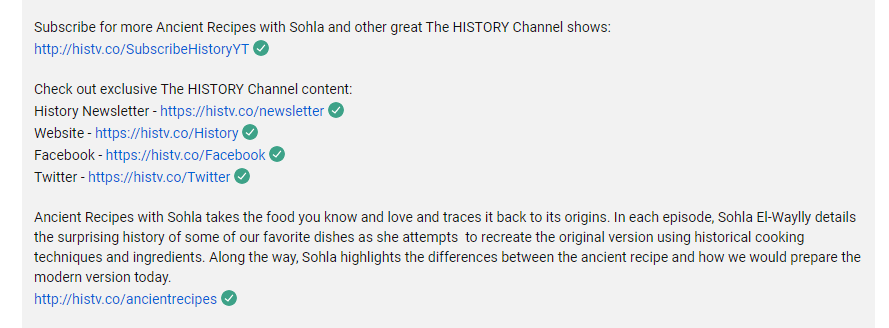
You can add links to your social media channels, newsletters, or product web pages.
In Closing
We’ve shared five effective types of content marketing for lead generation. These are blog posts, e-books, newsletters, social media content, and videos.
While some may not work for your brand, it is critical to note that none can stand alone. Just as some people are visual learners while others are kinesthetic, some customers prefer videos over blogs. You can’t afford to stick to one content form if you’re to maximize your reach.
We suggest a multi-channel approach. The specific mix depends on your audiences’ preferences. Whichever formats you choose, your content must do the following: target a specific audience, provide value, and capture contact data. The last is vital to lead generation. Additionally, utilizing the right tools needed by a content writer can enhance the quality and efficiency of your content creation process.
So, what are you waiting for? Start your effective lead generation with content marketing now.
